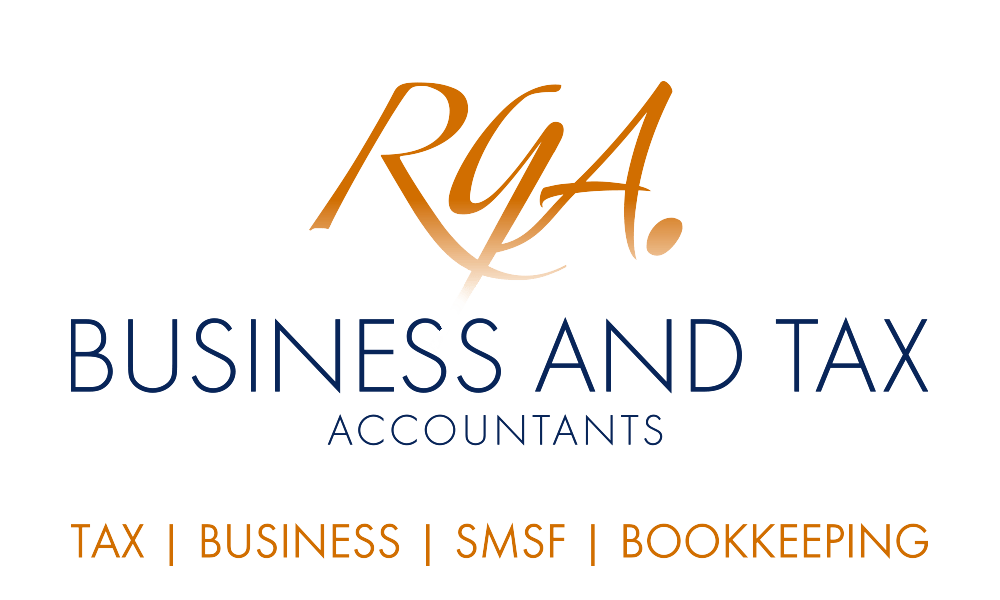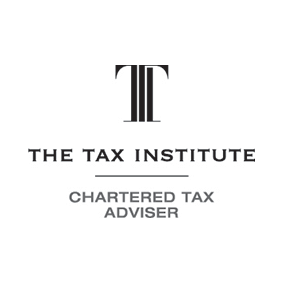
ASIC’s annual insolvency data shows corporate business failure is up 39% compared to last financial year. The industries with the highest representation were construction, accommodation and food services at the top of the list.
Restructuring appointments grew by over 200% in 2023-24. Small business restructuring allows eligible companies – those whose liabilities do not exceed $1 million plus other criteria – to retain control of its business while it develops a plan to restructure its affairs. This is done with the assistance of a restructuring practitioner with a view to entering into a restructuring plan with creditors.
Of the 573 companies that entered restructuring after 1 January 2021 and had completed their restructuring plan by 30 June 2024, 89.4% remain registered, 5.4% have gone into liquidation, and 5.2% were deregistered as at 30 June 2024.
In the latest statement from the Reserve Bank of Australia, Michelle Bullock stated that, “...there’s also some signs that the business sector is under a bit of pressure, that the business outlook isn’t as rosy as it was.” Productivity is also lagging. Strategically, managers need to be on top of their numbers to identify and manage problems before they get out of hand. If you do not know what the key drivers of your business are - the things that make the difference between doing well and going under - then it’s time to find out.
A business becomes insolvent when it can’t pay its debts when they fall due.
The top three reasons why companies fail are:
1. Poor strategic management
2. Inadequate cashflow or high cash use
3. Trading losses
It’s easy to miss the warning signs and rely on optimism that things will get better if you can just get past a slump. The common problem areas are:
1. Significant below budget performance.
2. Substantial increases in fixed costs without an increase in revenues - Fixed costs are costs that you incur irrespective of your business activity level. When fixed costs go up, they have a direct impact on your profitability. If your fixed costs are increasing, such as leasing more space, hiring more people, buying more plant and equipment, but there is no measurable increase in your turnover and gross profit, it might tip you over.
3. Falling gross profit margins - Your gross profit margin is the margin between your sales, minus cost of goods sold. Every dollar you lose in gross profit is a dollar off your bottom line.
4. Funding your business primarily from debt rather than equity finance.
5. Falling sales - If sales are falling, it is going to have a ripple through effect on your business, reducing profit contribution and inhibiting growth.
6. Delaying payment to creditors - Your sales are good but you don’t seem to have enough cash in the business to pay your creditors on time.
7. Spending in excess of cashflow - Trying to pay today’s expenses with tomorrow’s income.
8. Poor financial reporting systems - Driving your business with a blindfold over your eyes!
9. Growing too quickly - You’re making more sales than your business can sustain.
10. Substantial bad debts or ‘dead’ stock - Customers who won’t pay their accounts and stock that you can’t sell.
Need Help with your Business, Bookkeeping, Tax or SMSF requirements?
If you would like a little help, please get in touch with us for assistance. We can help with your business, bookkeeping, tax and SMSF requirements.
Please also note that many of the comments in this publication are general in nature and anyone intending to apply the information to practical circumstances should seek professional advice to independently verify their interpretation and the information’s applicability to their particular circumstances. Should you have any further questions, please get in touch with us for assistance with your SMSF, business, bookkeeping and tax requirements. All rights reserved. Brought to you by RGA Business and Tax Accountants. Liability Limited by a scheme approved under Professional Standards Legislation.









